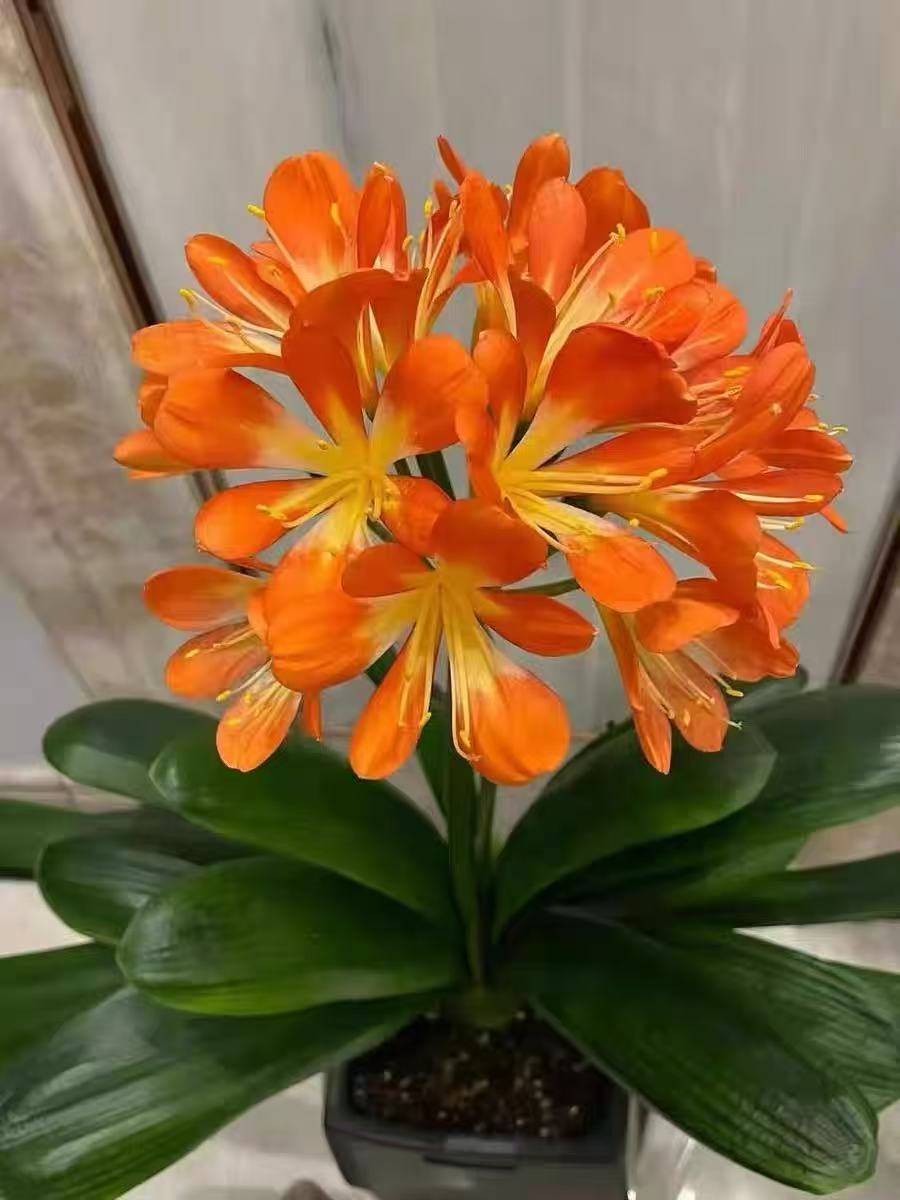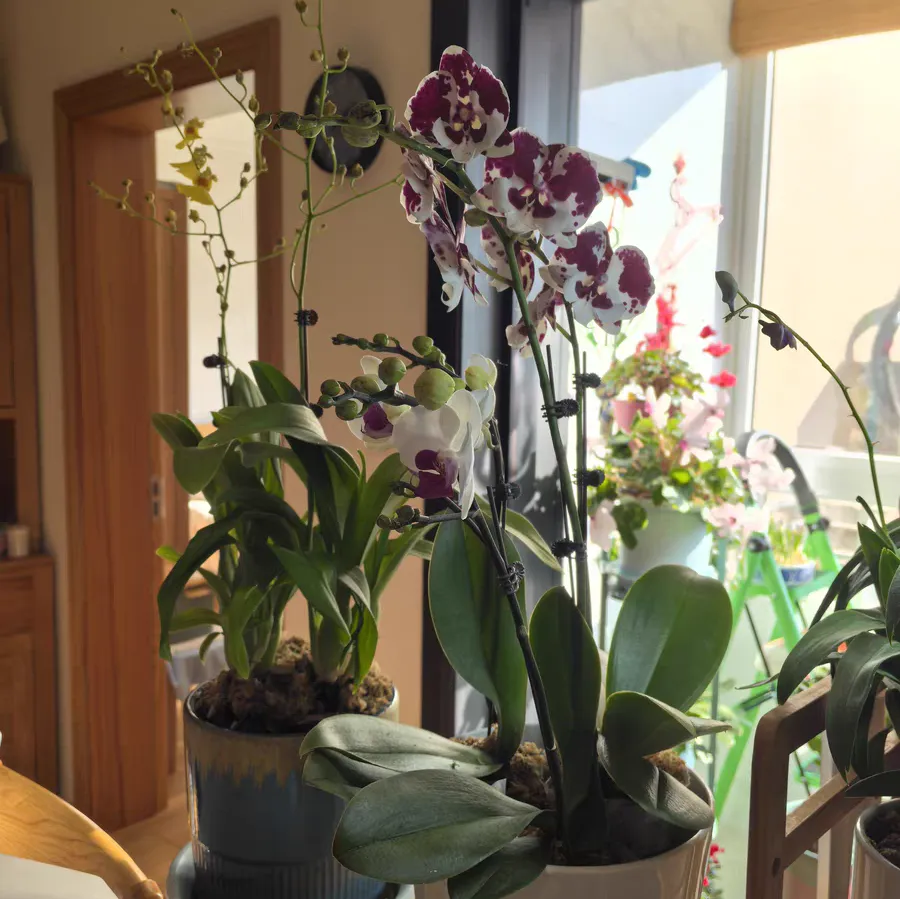Clivia, with its graceful posture and unique ornamental value, has become a common guest in many families. However, in order to keep Clivia in its best condition, fertilization is an important aspect that cannot be ignored.
How to judge whether Clivia needs fertilization?
Leaf Color: The leaves of healthy Clivia should be dark green and shiny. If the leaf color becomes lighter, and even shows phenomena such as yellowing and spotting, it often indicates that the plant lacks nutrients and needs to be fertilized in a timely manner.
Leaf Morphology: The new leaves of Clivia should be thick and upright. If the new leaves grow slowly and are thin and weak, or the old leaves gradually become thinner and droop, it may also be a sign of lack of fertilizer.
Pay Attention to the Growth Rate: Under suitable growth conditions, Clivia should maintain a stable growth rate. If it is found that the plant grows slowly or even stops growing, it is likely due to insufficient nutrients, and appropriate fertilization should be carried out at this time.
Check the Flowering Situation: Clivia is prone to flowering when it has sufficient nutrients, and the flowers are bright and the flowering period is long. If Clivia does not flower for a long time, or the quality of flowering is poor and the number of flowers is small, it may also be a signal of lack of fertilizer.
Key Points of Fertilizing Clivia in Four Seasons:
Spring Fertilization: Spring is the peak growth season of Clivia, and the amount of fertilization should be appropriately increased at this time. Fertilization should be based on nitrogen fertilizer, supplemented by phosphorus and potassium fertilizers, to promote the rapid growth of the plant and the thickness of the leaves. The fertilization frequency is generally 1-2 times a month, and the amount of fertilization each time should not be too much to avoid fertilizer damage.
Summer Fertilization: In summer, the temperature is high, and the growth rate of Clivia will slow down relatively. At this time, the amount of fertilization should be reduced to avoid excessive growth of the plant and resulting in spindly growth. Fertilization should be based on phosphorus and potassium fertilizers to promote the robustness of the plant and flower bud differentiation. The fertilization frequency can be appropriately reduced to once a month or less.
Autumn Fertilization: Autumn is the flower bud growth period of Clivia and a crucial period for storing nutrients for flowering in the coming year. At this time, the application amount of phosphorus and potassium fertilizers should be increased to promote flower bud differentiation and flower formation. The fertilization frequency is similar to that in spring, but more attention should be paid to the supplementation of phosphorus and potassium fertilizers.
Winter Fertilization: In winter, the temperature is low, and the growth rate of Clivia will significantly slow down or even enter a dormant state. At this time, fertilization should be reduced or stopped to avoid burdening the plant. If the indoor temperature is high and the plant is still growing, a diluted fertilizer can be applied in an appropriate amount to meet its basic needs.
Precautions for Fertilization:
Fertilizer Selection: Well-rotted organic fertilizers or special compound fertilizers should be selected for fertilization. Avoid using unrotted raw fertilizers or fertilizers containing hormones.
Fertilization Method: When fertilizing, the fertilizer should be evenly spread on the surface of the potting soil and gently stirred to mix the fertilizer evenly with the soil. Avoid spreading the fertilizer directly on the leaves to prevent leaf burning.
Watering Coordination: After fertilization, watering should be carried out in a timely manner to promote the dissolution and absorption of the fertilizer. However, attention should be paid to controlling the amount of watering to avoid waterlogging in the potting soil, which may lead to root rot.
Regular Soil Replacement: Regular soil replacement for Clivia is also one of the important means to ensure its healthy growth. When replacing the soil, an appropriate amount of well-rotted organic fertilizer should be added as base fertilizer to supplement the soil nutrients.
By mastering the above fertilization key points and precautions, you will be able to easily judge whether Clivia needs fertilization and fertilize it scientifically and reasonably. I believe that under your careful care, Clivia will definitely bloom more beautiful flowers and add more vitality and energy to your family.
How to Judge Whether Clivia Needs Fertilization?

Share with
Tagged in :




Leave a Reply